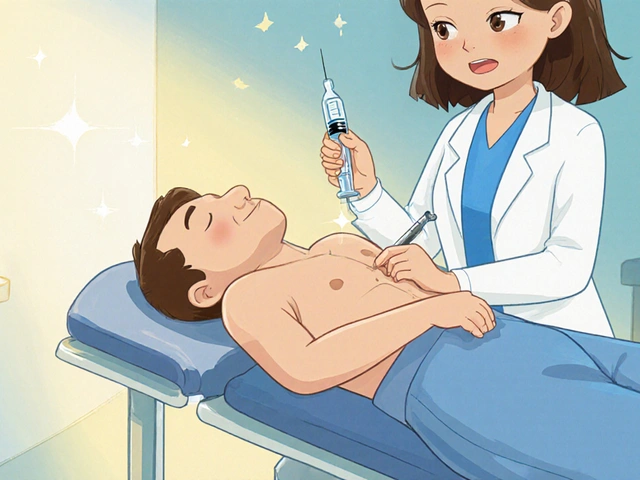Bimat Prescription: What It Does and How to Get One
Want longer lashes or need medicine to lower eye pressure? Bimatoprost can do both. It’s the active ingredient in products for eyelash growth (think Latisse) and also a treatment for glaucoma. But you usually need a prescription. This page tells you who should consider it, how to get a valid prescription, and how to use it safely.
Who needs a Bimat prescription?
If your doctor has diagnosed increased intraocular pressure or glaucoma, bimatoprost eyedrops may be prescribed to reduce pressure and protect your vision. If your concern is cosmetic—thin or short eyelashes—an eye care provider can evaluate whether bimatoprost is appropriate for eyelash growth. Don’t assume it’s harmless just because it’s for lashes. Your eye health and history matter: infections, eye inflammation, recent eye surgery, or certain allergies can change whether it’s safe for you.
How to get Bimat safely
Start with an eye exam. An optometrist or ophthalmologist checks eye pressure, examines the surface of the eye, and asks about medications and health conditions. If bimatoprost is a fit, they will write a prescription and explain dosing. You can fill the prescription at a local pharmacy or a licensed online pharmacy that requires a prescription. Avoid sketchy sites that sell without a prescription—products from unverified sources can be fake or contaminated.
Telehealth can work for some people. Many clinics offer online visits where a licensed provider can assess whether bimatoprost is appropriate. Make sure the telehealth service is licensed in your area and that follow-up care is available if you have side effects or questions.
Using bimatoprost correctly matters. For glaucoma, follow the exact drop schedule your doctor gives. For eyelash use, you usually apply a small amount to the base of the upper lashes once nightly. Only use the applicator provided and avoid touching the tip to skin or the eye to prevent contamination. Wash your hands before and after application.
Watch for common side effects: mild eye redness, itching, dry eyes, and darkening of the eyelid skin. A more permanent effect can be darkening of the iris (the colored part of the eye) after long-term use. If you notice sudden vision changes, severe eye pain, or signs of infection, stop using the product and contact your eye doctor immediately.
Pregnancy and breastfeeding are special cases. If you’re pregnant or planning to become pregnant, tell your provider—topical eye medicines are often avoided unless clearly needed. Also tell your doctor about other eye drops or medications you use; some combinations need monitoring.
Bottom line: don’t skip the exam. A proper prescription and clear instructions keep you safer and make the treatment work better. If you’re unsure where to start, call your eye clinic or a licensed telehealth service and ask about a bimatoprost evaluation.

How to Safely Buy Bimat Online: Step-by-Step Guide for Smart Shoppers
Discover how to safely buy Bimat online. Learn tips to avoid scams, choose reliable pharmacies, and get the best deals for Bimat. Smart shopping advice inside!
Categories
- Medications (50)
- Health and Medicine (46)
- Health and Wellness (34)
- Online Pharmacy Guides (15)
- Nutrition and Supplements (7)
- Parenting and Family (3)
- Environment and Conservation (2)
- healthcare (2)
- prescription savings (1)



